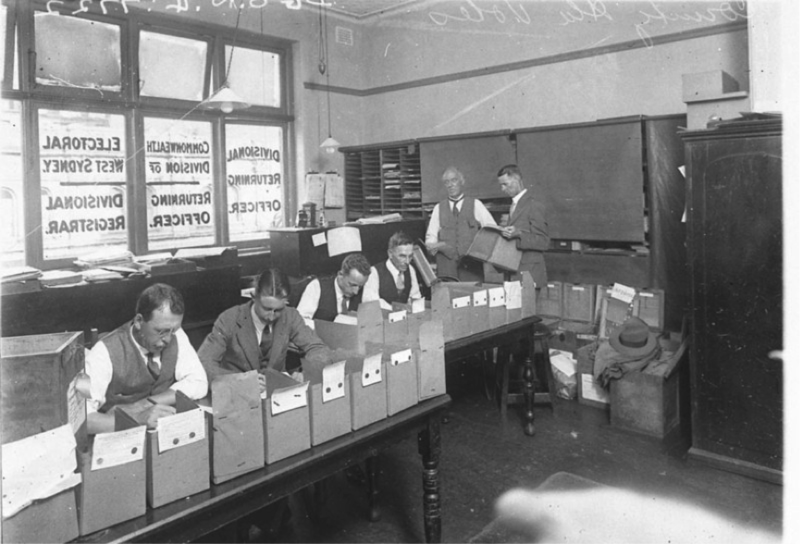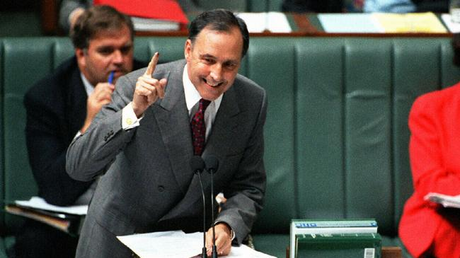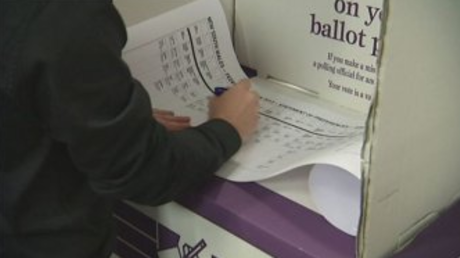
THIS PHOTOGRAPH of clerks counting votes at a federal election in the 1930s reminds us that democracy in Australia is a distinctive creature.
Though our federal and state parliaments are modelled on the British example at Westminster, there is much in how we vote that sets Australia apart.
Only a few other countries share our more distinctive practices, like compulsory attendance at polls and preferential voting.
When first introduced, these practices were novel – and not always meritorious – experiments that were different from political traditions abroad.
Even in the early days of self-governance, Australians were wary of always following British examples.
In the late 1800s, at a time when the English vote was the privilege of only a few, legislators in Victoria sought to give as many men a vote as possible in the lower house, rather then restricting the vote it to wealthy property owners.
In 1895, South Australia followed New Zealand and broke another tenet of nineteenth century democracy by allowing women to vote. Following Federation, the newly minted Commonwealth of Australia followed suit in 1902. Though it would a while yet before all Australians could vote, Australia was part of a prelude to change.
Preferential voting has been far less popular internationally. After the Country Party was established, there was competition between it and the Nationalist Party for conservative votes. In 1918, the two parties split their vote in a by-election in the West Australian seat of Swan, and so delivered the seat to the Labor candidate. Preferential voting was designed to allow the Country and Nationalist parties to co-exist without dooming each other, and was adopted by the federal government in time for the 1922 election.
Compulsory voting in federal elections soon followed, establishing a style of voting that continues to this day.
The Australian Electoral Commission has been as constant a part of Australian elections as these practices. Though there have been changes to its organisational structure and name (it was, until 1984, the Australian Electoral Office), the work that it carries out has remained consistent from its foundation in 1902.
The AEC is a permanent, independent, and national institution for regulating and conducting elections, and, like the votes that it tallies, is unusual by international standards. It was an innovative institution a century ago and even today equivalents are only found in New Zealand and India. Besides the important work that it performs to carry out elections, its permanence and independence from political influence have helped insure Australian elections against practices like gerrymandering, that complicate the politics of other countries.
The clerks in the photo above are counting votes that are much the same as those we will fill in at polling booths on September 7. Their work, like that of scrutineers in other times and places, has always been methodical and painstaking. Our electoral practices do not have this same continuity. The way that Australia votes was the result of breaks from inherited conventions, but has since become a tradition of our own.
Further links:
http://www.aec.gov.au/Elections/Australian_Electoral_History/Reform_present.htm
http://blogs.abc.net.au/antonygreen/2010/05/preferential-voting-in-australia.html
For Victoria’s early constitutional history, see The Golden Age: A history of the colony of Victoria, 1851-1861, Geoffrey Serle. Melbourne University Press, 1963.




